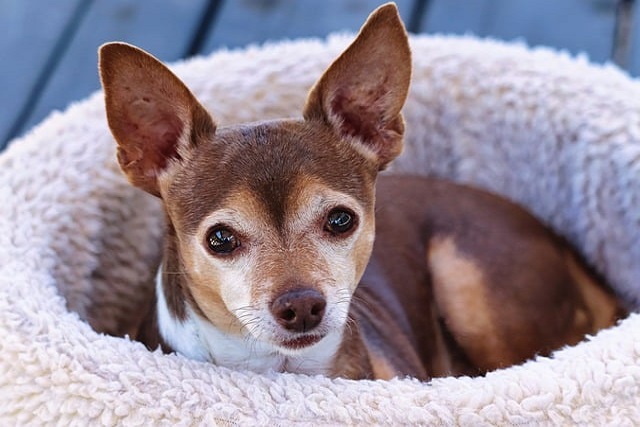
How can I tell if my dog's heatstroke is serious
Let’s be real: It’s a sticky August morning in Los Angeles, and you took your 2-year-old Golden Retriever, Max, for a walk a little later than usual
You’re walking your Boxer down a sunny Austin street when you notice his panting sounds more like he’s running a marathon than strolling—thick drool dripping onto the pavement. That’s not normal tiredness; it’s your first clue his body’s losing the battle against heat. Dogs can’t sweat like we do. They rely on panting and releasing heat through their paw pads—systems that fail spectacularly in high temps. When overwhelmed, blood rushes away from their organs toward the skin, turning gums brick-red. Breathing becomes frantic and shallow, especially in flat-faced breeds like Bulldogs where swollen airways can suffocate them. Spotting early signs of dog overheating—like glassy eyes, stumbling, or vomiting—isn’t just observant; it’s lifesaving.
Act fast if things escalate. Move your dog to shade under a store awning or into your air-conditioned car (crack windows if stepping away briefly!). Offer cool water in tiny sips—never ice-cold, which can shock their system. Soak towels in room-temperature water and drape them over their neck, armpits, and groin—major heat-release zones. Aim a fan at their body while calling your vet. Apartment dwellers: keep tile floors clear for cool retreats, or freeze a damp towel twisted into a chew toy—licking it lowers core temperature. Ignoring these emergency cooling methods for dogs risks kidney failure or brain damage within minutes.

Prevention beats crisis every time. Swap midday walks for early mornings—test pavement by pressing your palm down for 7 seconds. If it’s uncomfortable for you, it’ll blister their paws. Hydration hacks: freeze low-sodium broth into ice cubes or add water to kibble. Never leave dogs in parked cars—California’s "hot car" laws allow bystanders to break windows for rescues. Groom strategically: never shave double-coated breeds (like Aussies); instead, use an undercoat rake weekly to remove heat-trapping dead fur. These hot weather dog safety habits turn you from reactive to proactive.
Cultural awareness matters here. Scolding a panting dog to "keep up" or hosing them aggressively isn’t just ineffective—it’s culturally condemned. Positive reinforcement is woven into U.S. animal welfare laws; forcing exertion in heat could be considered cruelty. Legally, rabies vaccines must be current (check your county’s renewal schedule!), and always carry biodegradable poop bags—heat accelerates bacteria growth in waste, triggering fines up to $500 in cities like Phoenix. Apartment living? Avoid crowded elevators with overheated pups (opt for stairs), and lobby your building manager for a shaded water station in the entryway—many Miami high-rises now offer this.
Watch for stealth threats. That refreshing lake swim? Toxic algae blooms in Pacific Northwest ponds can kill within hours. Beach sand scorches paws in seconds—try protective wax. If your dog stops panting suddenly mid-distress, don’t relax—rush to an ER vet. This "calm" often means their body’s shutting down.

Let’s be real: It’s a sticky August morning in Los Angeles, and you took your 2-year-old Golden Retriever, Max, for a walk a little later than usual

You're enjoying a summer afternoon at the park when you notice your dog has stopped panting and appears disoriented - their gums are bright red

Let’s paint the picture: You’re in your Denver apartment, watching your 4-year-old Boston Terrier, Ruby, plop down mid-play session with her favorite toy

Many dog owners notice their pets nails seem shorter after regular walks,but how much does this daily activity actually help?The answer depends on where you walk—concrete sidewalks or asphalt streets gently file nails as a dog's paws hit the ground

Most dog owners notice their pup scooting across the carpet at some point, but few connect it to impacted anal glands. These small sacs near a dog’s rectum secrete a scent for marking territory

Most vets agree that regular dog teeth cleaning is key to avoiding painful dental issues later. For healthy adult dogs, a professional cleaning at the vet’s office every 12 to 18 months usually works well.